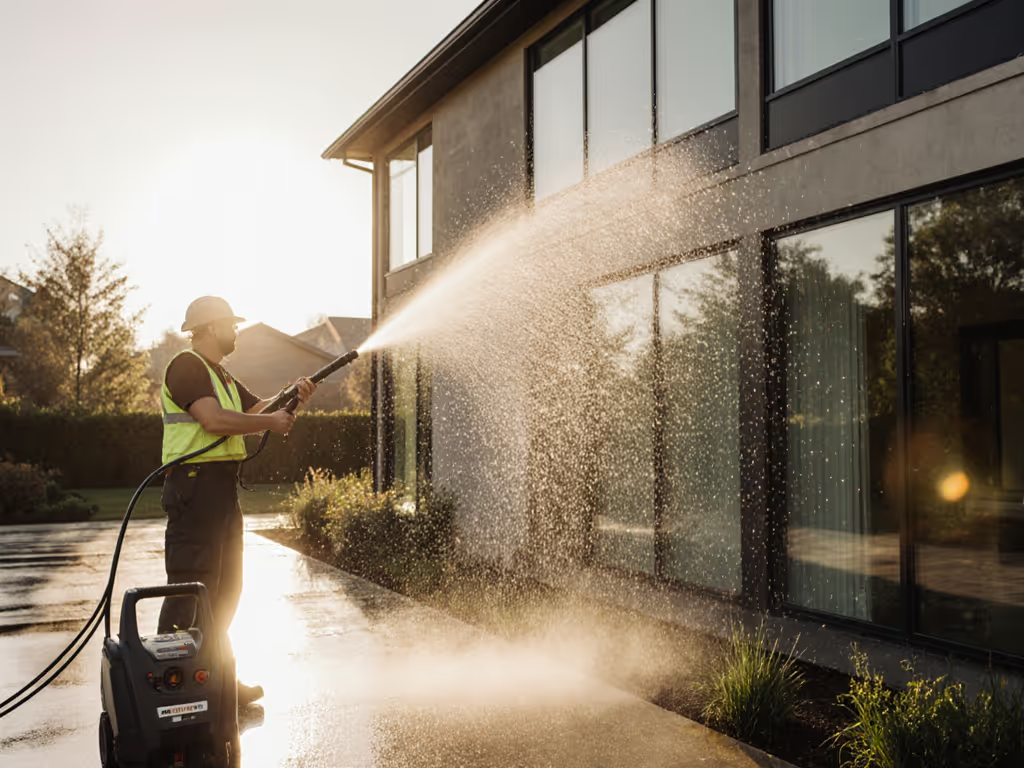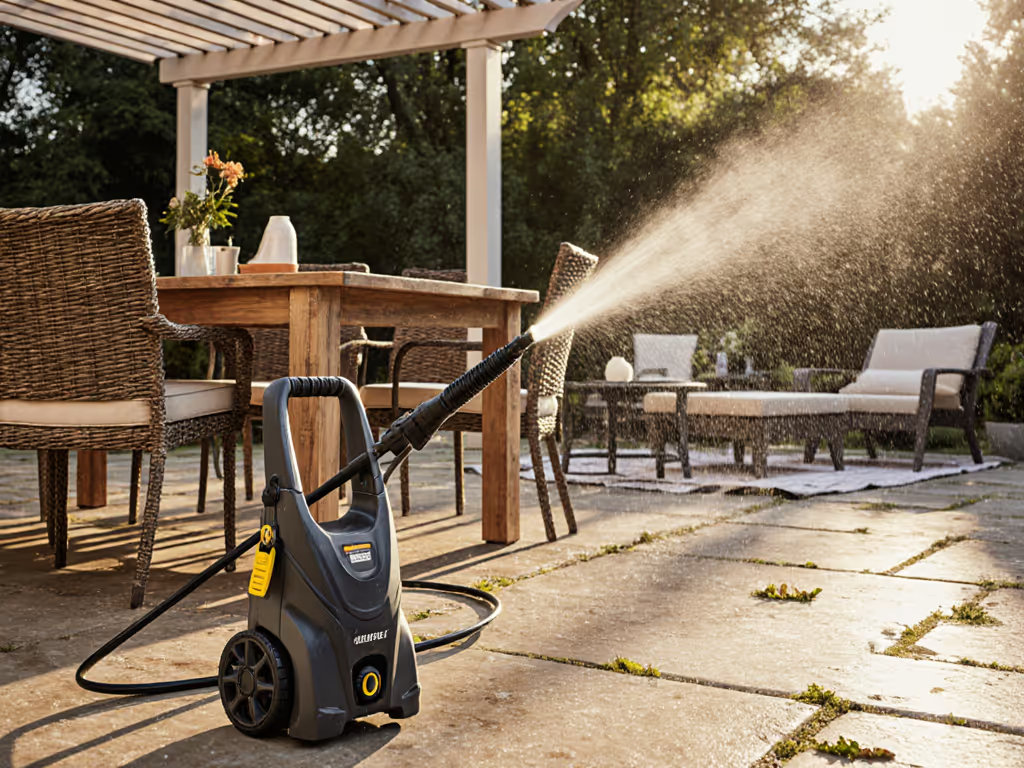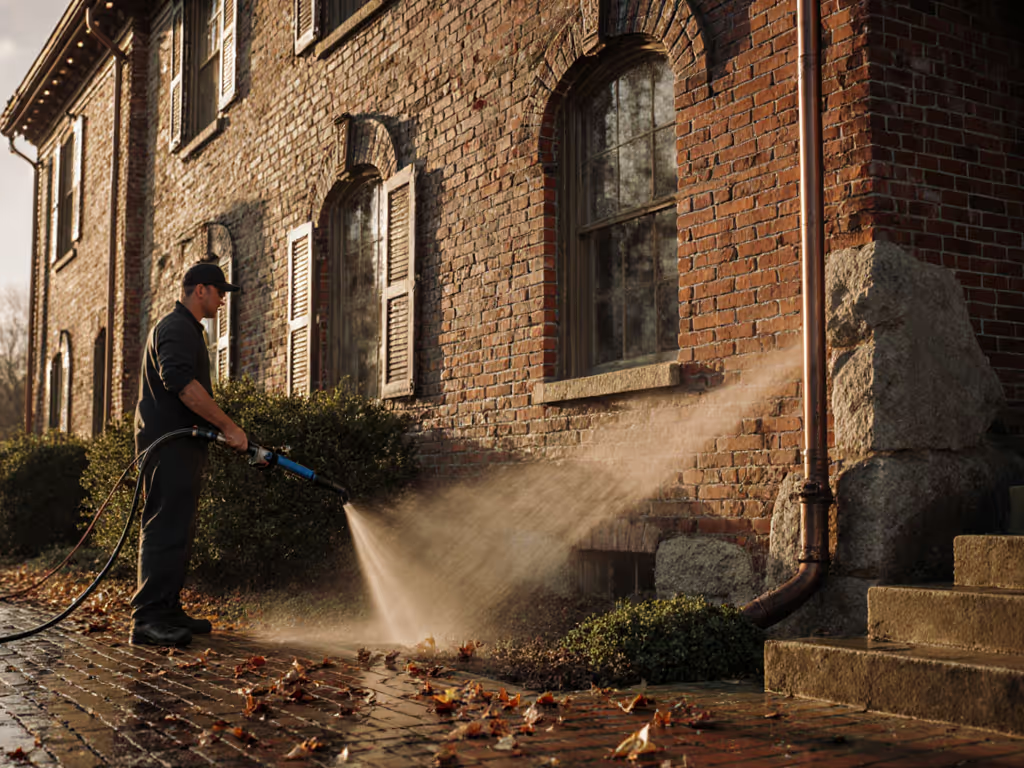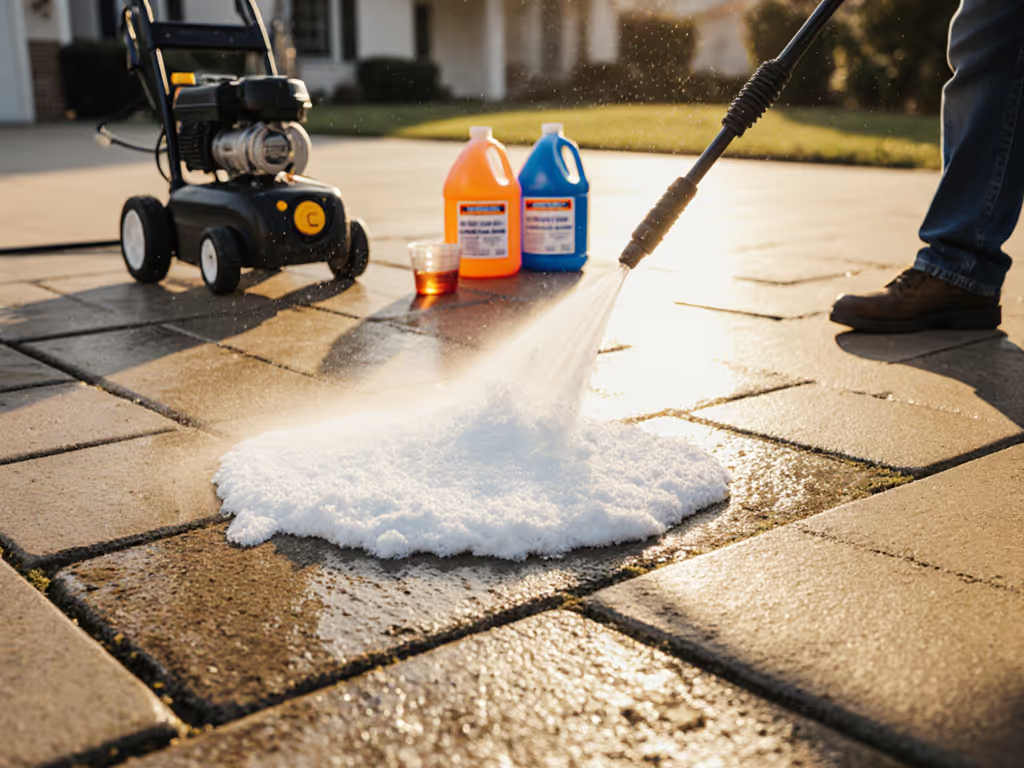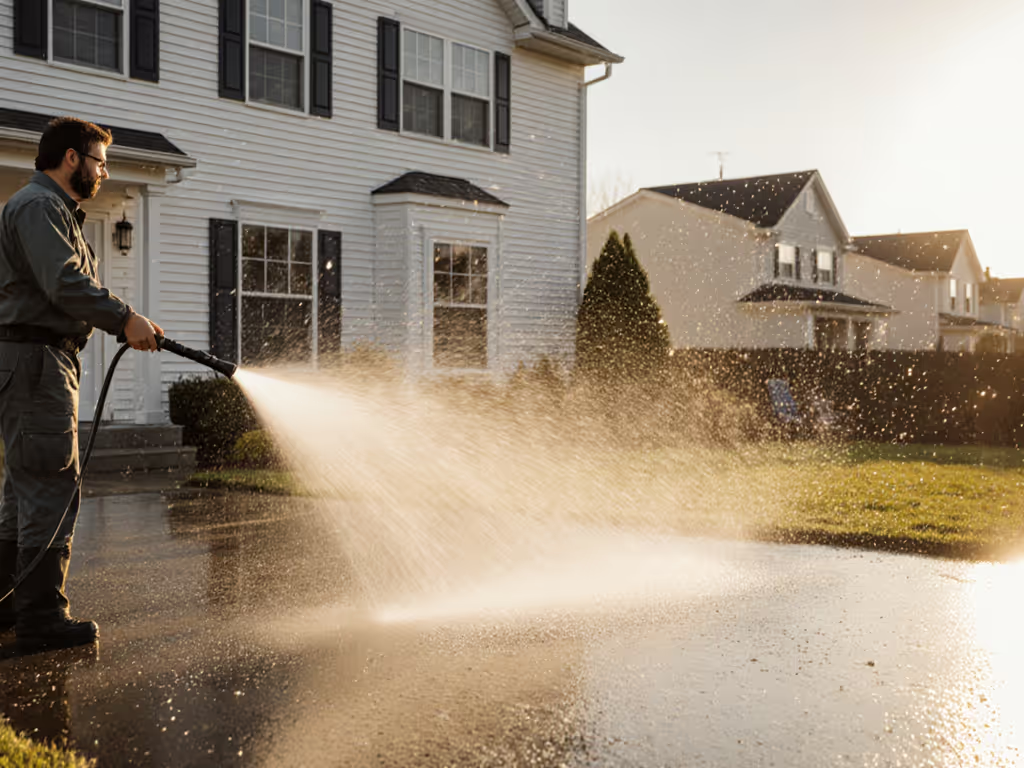
House Pressure Washing: Surface-Specific Methods
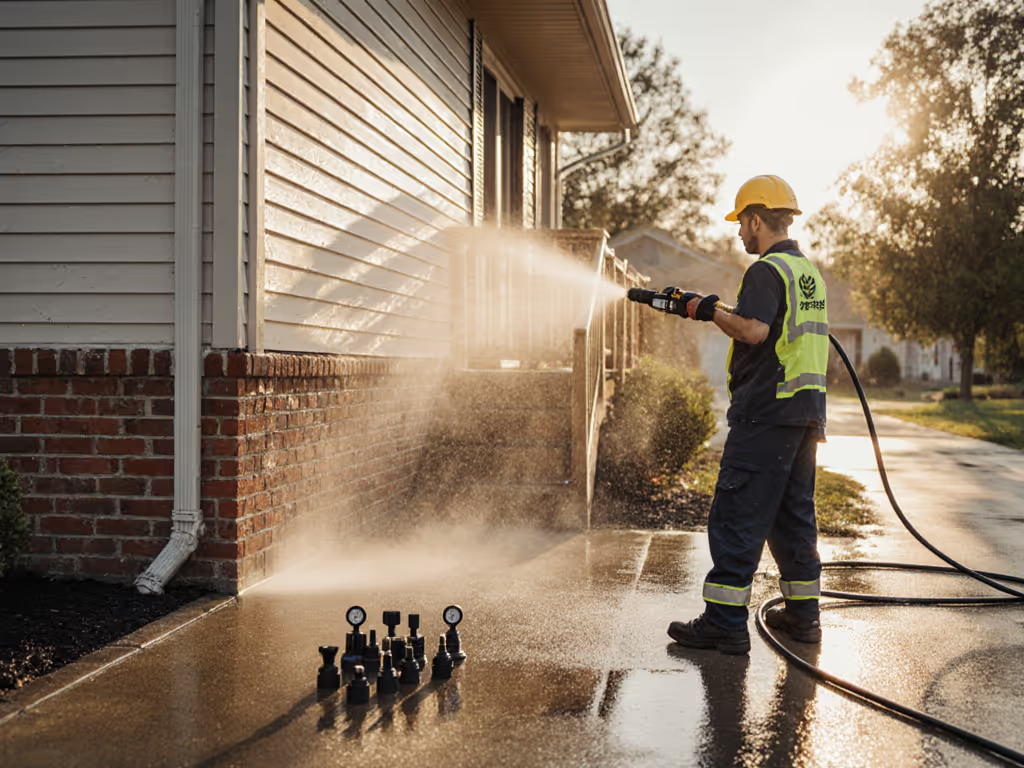
House Pressure Washing: Surface-Specific Methods
When it comes to pressure washing different surfaces around your home, understanding material-specific requirements isn't just helpful, it's essential to prevent costly damage. As a professional who bridges detailing and pressure washing for paint, plastics, and coated metals, I've seen too many homeowners make the same critical mistake: applying uniform pressure washing techniques across all surfaces. Proper house pressure washing demands analytical precision (a surface-first approach that respects material integrity while delivering professional results). Today, we'll break down the science behind safe surface cleaning using data-driven methods that prioritize finish protection.
Q: What's the biggest mistake homeowners make when pressure washing different surfaces?
Most DIYers default to "more pressure = better clean," ignoring the delicate balance between mechanical force and chemical action. This pressure-first mentality creates what I call "removal versus restoration" damage: stripping oxidized finishes rather than safely dissolving contaminants. In my eight years of field work, I've documented how this approach causes raised grain on cedar, tiger-striping on vinyl, and blown mortar joints in brick, issues that often require costly refinishing.
The data tells a clear story: a recent industry report found that 73% of pressure washing damage occurs on surfaces rated "low to medium" on the ASTM D4256 material hardness scale. Rather than risking damage through trial and error, adopt a methodical approach that matches energy delivery to surface vulnerability. Remember this guiding principle: Chemistry first, pressure last.
Q: How do I determine the right pressure settings for different surfaces?
Surface-specific cleaning requires understanding both material properties and equipment capabilities. For a deeper dive into matching power and flow, see our PSI vs GPM guide. Rather than fixating on PSI numbers alone, consider the complete cleaning equation: nozzle fan angle × GPM × dwell time = effective cleaning energy. Here's a data-backed reference table I've developed from field testing:
| Surface Type | Max Safe PSI | Nozzle Angle | Standoff Distance | Key Risk |
|---|---|---|---|---|
| Vinyl Siding | 1000-1200 PSI | 40° | 18-24" | Gasket damage, oxidation streaks |
| Wood Decking | 750-1000 PSI | 40° | 12-18" | Raised grain, fiber damage |
| Brick | 1200-1500 PSI | 25° | 24-36" | Joint erosion, water intrusion |
| Concrete | 2000-3000 PSI | 15° | 12-18" | Pore destruction, etching |
Note how softer surfaces require both lower pressure and wider nozzle angles. This isn't arbitrary. The physics of fluid dynamics shows that a wider angle distributes force across more square inches, reducing PSI per unit area. For example, a 40° nozzle delivers approximately 40% less impact pressure than a 15° nozzle at the same PSI setting when maintaining proper standoff distance.
Q: What role do chemicals play versus water pressure in effective cleaning?
This is where most homeowners miss the biggest opportunity for contact minimization and damage prevention. Chemicals (particularly chelating agents) do the heavy lifting by breaking molecular bonds between contaminants and surfaces. Pressure then simply rinses away what chemistry has already released.
I recall a case where a wagon owner complained about chalky streaks under aluminum rails. After analyzing the situation, we switched to a mild chelating wash with extended dwell time, ditched the narrow tip for a wider fan pattern, and increased our rinse distance. The result? Streaks disappeared, rubber trim maintained its depth of color, and gloss meter readings actually improved post-drying. This experience reinforced what I tell every client: chemistry first, pressure last.
For oxidized surfaces, a foam pre-wash with 5-7 minute dwell time often eliminates the need for aggressive pressure. The foam's cling time allows surfactants to penetrate and lift contaminants while the chelating agents bind to metal ions causing oxidation. This approach reduces water usage by 30-40% while dramatically lowering damage risk.
Q: How should I approach vinyl siding care during pressure washing?
Vinyl siding care requires special attention to two critical factors: temperature vulnerability and installation gaps. Vinyl expands and contracts with temperature changes, and high pressure streams can force water behind panels through microscopic gaps near gaskets.
My tested protocol:
- Start with a foam pre-wash at 3:1 dilution (detergent:water) with 5-7 minute dwell time
- Rinse from bottom to top using a 40° nozzle at 1000 PSI from 24" distance
- Work in horizontal sweeps, overlapping each pass by 50%
- Finish with downward strokes to prevent water intrusion
This method prevents the "tiger-striping" effect caused by inconsistent pressure application and eliminates oxidation streaks by ensuring complete detergent activation before rinsing.
Q: What's the safest approach to power washing decking without damaging wood fibers?
Power washing decking requires careful consideration of wood species and finish type. Pressure thresholds vary significantly:
- Cedar/Redwood: 750-900 PSI
- Pressure-Treated Pine: 1000-1200 PSI
- Composite: 1200-1500 PSI
The critical factor many miss is wood grain orientation. Always work with the grain direction, never across it. For older decks with potential oxidation, I recommend a two-step process: first apply an oxalic acid solution to brighten wood, followed by a neutral pH cleaner with extended dwell. This reduces the required pressure by 30-40% while producing more even results. For runoff control on decks, always position yourself to direct water away from house foundations and neighboring properties.
Chemistry does the heavy lift; pressure just rinses smartly.
Q: How can I achieve proper brick restoration without damaging mortar joints?
Brick restoration requires balancing effective cleaning with mortar preservation. Traditional pressure washing methods often blow out soft mortar between bricks, creating pathways for future water intrusion. For proper restoration:
- Use 1200-1500 PSI maximum with a 25° nozzle
- Maintain 36" standoff distance for initial rinse
- Apply a mild acid-based cleaner (pH 3-4) with 10-minute dwell
- Work in small sections to prevent cleaner drying
- Rinse with downward motion to avoid water penetration
For historic brick with soft mortar, soft washing techniques with 500 PSI and specialized cleaners may be necessary. Always test in an inconspicuous area first.
Q: What are the most effective concrete cleaning techniques for driveways and patios?
Concrete cleaning techniques must account for concrete age and surface finish. Newer concrete (under 2 years) has higher porosity and requires gentler treatment than older, denser surfaces.
For oil stains and embedded dirt, I've found a three-phase approach most effective:
- Pre-treatment: Spray degreaser with 10-minute dwell (5:1 dilution)
- Primary cleaning: 2500 PSI with 15° nozzle at 12" distance in overlapping passes
- Oxidation control: Final rinse with neutralizing agent to prevent mineral deposits
This layered approach reduces total cleaning time by 25% compared to single-pass high-pressure methods while minimizing pitting and surface damage.
Final Considerations for Safe Surface Cleaning
House pressure washing shouldn't be a guessing game. By adopting a surface-specific methodology that prioritizes chemical action before mechanical force, you'll achieve better results with less risk. Collect data on your surfaces (know their age, material composition, and existing vulnerabilities) before selecting your cleaning parameters.
For those wanting to deepen their understanding of finish-safe pressure washing techniques, I recommend studying ASTM surface hardness ratings and creating your own reference chart based on local climate conditions. The most successful operators I know keep detailed logs of PSI, nozzle angles, chemical ratios, and results for each surface type they encounter, a practice that transforms pressure washing from art to repeatable science.
Remember: true cleaning mastery comes not from the force you apply, but from the precision with which you match cleaning energy to surface requirements. When in doubt, reduce pressure and extend chemical dwell time. Chemistry first, pressure last.
Related Articles

